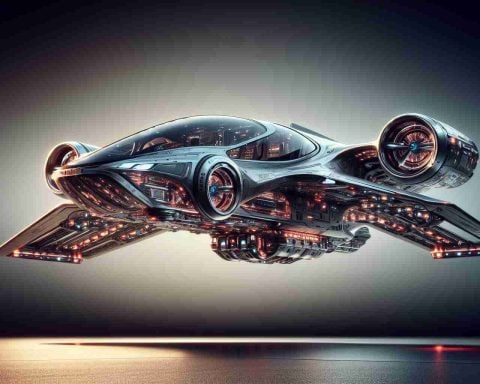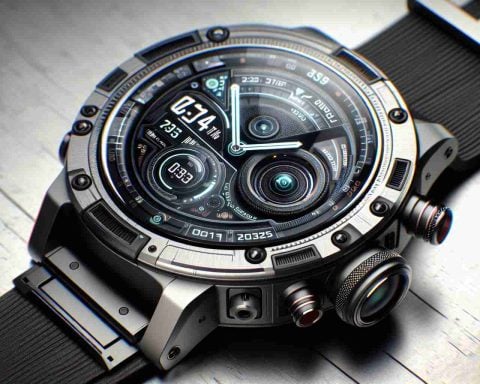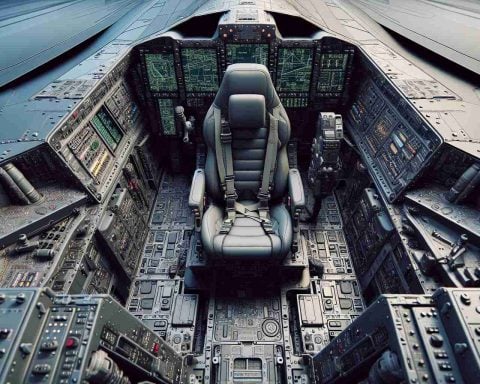In the relentless pursuit of redefining transportation, China’s electric vehicle manufacturer Xpeng has made headlines with its ambitious leap into the urban air mobility sector. With the debut of their groundbreaking flying car prototype, Xpeng AeroHT, the conversation about the future of personal transportation reaches new heights—literally.
Xpeng’s Pioneering Innovations
Xpeng AeroHT is not just a dream of the future but a tangible step towards reality. Featuring a hybrid design that combines traditional driving capabilities with vertical take-off and landing (VTOL) functionality, this conceptual marvel aims to provide a dual experience of ground and air movement. The flying car is equipped with a range of advanced technologies, including autonomous navigation systems and eco-friendly electric propulsion, setting a new standard for personal transport.
The Promise of Urban Air Mobility
As urban centers become increasingly congested, the need for alternative transportation solutions becomes critical. Xpeng’s vision, supported by ongoing advancements in battery technology and artificial intelligence, brings us closer to revolutionizing how we navigate our skies. Their focus on creating a viable flying car could radically transform urban mobility, reducing traffic congestion and lowering carbon emissions.
Looking to the Future
While challenges remain, including regulatory hurdles and safety considerations, Xpeng’s bold endeavor signifies a pivotal moment in technological innovation. Their commitment to integrating cutting-edge technologies into functional, sustainable transport solutions highlights a profound shift in the automotive industry’s approach to future mobility.
As Xpeng steps into the vanguard of flying automotive engineering, the once distant fantasy of personal air travel seems more achievable than ever.
The Skyward Revolution: Xpeng’s Flying Cars and the Future of Urban Mobility
Innovative Features and Specifications of Xpeng’s Flying Car
Xpeng is propelling the urban air mobility sector forward with its ambitious AeroHT prototype, a flying car that integrates both traditional driving and advanced VTOL (vertical take-off and landing) capabilities. The prototype boasts an extended range facilitated by cutting-edge battery technology and eco-friendly electric propulsion systems. Key components like autonomous navigation grids enhance its ability to securely maneuver through both air and land routes, promising a seamless transition between the two modes of travel.
Market Analysis: The Growing Demand for Flying Cars
With the escalating predicament of urban congestion in major cities worldwide, the need for alternative transportation is more pressing than ever. According to market predictions, the global urban air mobility market is expected to see exponential growth over the next decade, offering numerous investment opportunities. Xpeng’s entrance into this sector highlights not just innovation but also aligns strategically with anticipated consumer demand for faster, greener, and more efficient transport solutions.
Comparative Analysis: Xpeng vs. Competitors
Xpeng’s advancements in urban air mobility position it competitively against industry peers such as EHang and Uber Air. While EHang focuses primarily on UAV (unmanned aerial vehicle) technology for passenger transport, and Uber Air explores short-range aerial ride-sharing services, Xpeng’s hybrid model offers an unparalleled blend of personal ground and air transport. Their propulsion and autonomous systems may provide an edge in performance, particularly in terms of energy efficiency and range.
Addressing Safety and Regulatory Challenges
Safety and regulatory compliance are paramount in the development of any flying vehicle. Xpeng is addressing these concerns with robust safety features integrated into the AeroHT, like fail-safe mechanisms and real-time data analytics for collision avoidance. Compliance with air traffic regulations and acquiring the necessary certifications remain ongoing challenges, crucial for its successful launch.
FAQ: Your Questions About Xpeng’s Flying Car Program
– What are the main features of Xpeng’s flying car?
Xpeng’s flying car includes a VTOL system, autonomous navigation, and eco-friendly propulsion, designed for efficient urban mobility.
– How does Xpeng’s flying car address urban congestion?
By leveraging airspace, the vehicle aims to reduce traffic on conventional roadways, thus decreasing urban congestion and associated emissions.
– What are the key challenges facing Xpeng’s flying car initiative?
The prominent challenges include regulatory approval, safety assurances, and public acceptance of flying vehicles as a mode of transportation.
– When will Xpeng’s flying cars be available to the public?
While no fixed date is set, Xpeng is rigorously testing its prototype and working towards a sustainable and regulatory compliant rollout.
Predictions: Future Trends in Urban Air Mobility
As technology advances, urban air mobility solutions will likely become more accessible and efficient. We can anticipate developments in battery longevity, noise reduction, and AI integration, making flying cars a staple in future transportation networks. If successful, Xpeng’s venture could lead to widespread acceptance of personal air mobility, forever altering urban infrastructure and lifestyle.
For more insights into innovative transportation solutions, visit Xpeng’s main website.
















